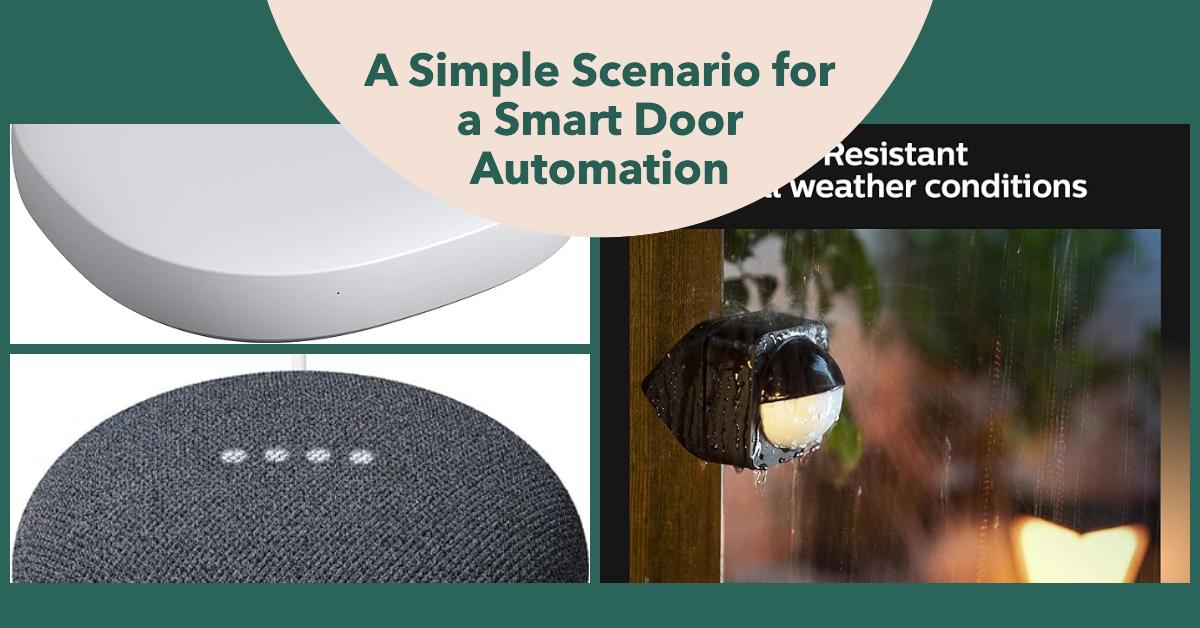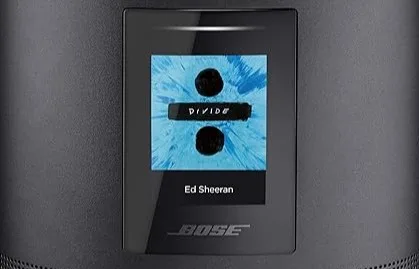In an era defined by technological innovation, smart home automation has emerged as a game-changer, revolutionizing the way we interact with our living spaces. Among the myriad of smart home devices available, automated door systems stand out as essential components for enhancing both security and convenience. This comprehensive guide explores the intricacies of smart door automation, presenting a scenario where a homeowner utilizes intelligent devices to seamlessly control access to their home.

Table of Contents:
- Scenario Description
- Arrival at Home
- Voice Command
- Smart Hub Assistance
- Confirmation
- Door Opening
- Automatic Door Closing
- Voice Deactivation
- Security Check
- Devices Used in the Scenario
- Smart Door Automation Bundles
- Conclusion
- FAQs (Frequently Asked Questions)
Scenario Description
Imagine John, a busy professional, returning home after a long day at work. As he approaches his front door, the smart home system detects his presence through his smartphone, key fob, or NFC tag.
- Arrival at Home: Motion sensors placed near the front door detect John’s presence and trigger the smart home system to initiate automated actions.
- Voice Command: John walks up to his door and issues a voice command to open it using a voice-enabled smart speaker such as Amazon Echo or Google Nest Hub. He says, “Hey Alexa, unlock the front door.”
- Smart Hub Assistance: The smart hub, such as Amazon Alexa or Google Assistant, receives John’s voice command and processes it using its built-in voice recognition capabilities.
- Confirmation: Once John’s identity is confirmed by the smart hub, it sends a signal to the integrated smart lock to initiate the door-opening process.
- Door Opening: The smart lock, upon receiving the signal from the smart hub, communicates with the integrated actuator or door-opening mechanism to begin opening the door. The actuator activates and operates the mechanism responsible for opening the door.
- Automatic Door Closing: After a predetermined period or upon user command, the smart door system can automatically close the door. This feature is adjustable and can be configured based on user preferences and settings.
- Voice Deactivation: If John anticipates that multiple family members will pass through the door and wants to deactivate the automatic door closing feature temporarily, he can issue a voice command to the smart hub. For example, he could say, “Hey Google, deactivate automatic door closing for 10 minutes.”
- Security Check: Throughout the door-opening process, the smart lock receives feedback signals from the actuator to confirm that the action has been successfully executed. This ensures that the door remains securely locked or unlocked as intended.
As the actuator moves, it applies force to the door, causing it to swing open smoothly. The speed and movement of the door are controlled by the actuator, ensuring a safe and controlled opening process.
Devices Used in the Scenario
The scenario described earlier showcases the seamless integration of various smart home devices to achieve smart door automation. Here are the key devices involved in each step of the process:
- Motion Sensors
- Smart Speaker (e.g., Amazon Echo, Google Nest Hub)
- Smart Hub (e.g., Amazon Alexa, Google Assistant)
- Smart Lock (e.g., August Wi-Fi Smart Lock, Schlage Encode Smart WiFi Deadbolt)
- Actuator or Door-Opening Mechanism
By leveraging these intelligent devices and technologies, homeowners can seamlessly control access to their homes while enhancing security and convenience.
Smart Door Automation Bundles
The bundle includes all the necessary devices for smart door automation, covering each step from arriving at home to entering:
Bundle Option 1: Enhanced Smart Lock Integration
- Motion Sensor: Philips Hue Outdoor Motion Sensor – $50
- Smart Speaker: Google Nest Mini – $50
- Smart Hub: Hubitat Elevation Hub – $150
- Smart Lock: Yale Assure Lock SL – $170
- Actuator or Door-Opening Mechanism: Nexx Smart Wi-Fi Controller – $100
Total Price for Bundle Option 1: $520
Bundle Option 2: Premium Smart Speaker Integration
- Motion Sensor: Ring Outdoor Motion Sensor – $30
- Smart Speaker: Amazon Echo Show 8 – $120
- Smart Hub: Samsung SmartThings Hub – $270
- Smart Lock: August Wi-Fi Smart Lock – $150
- Actuator or Door-Opening Mechanism: Chamberlain MyQ Garage Door Opener – $250
Total Price for Bundle Option 2: $820
These bundled options provide flexibility for users to choose the combination of devices that best suits their preferences and budget. Prices are approximate and may vary based on retailer and promotions.
Conclusion
In conclusion, the scenario exemplifies the power and potential of smart door automation in modern homes. By integrating smart home devices such as motion sensors, smart speakers, smart hubs, smart locks, and actuators, individuals like John can enjoy unparalleled control over their door systems. This comprehensive approach not only enhances security and convenience but also exemplifies the transformative impact of smart technology on everyday living.
FAQs (Frequently Asked Questions):
- Q: Are smart door automation systems compatible with all types of doors?
A: Yes, smart door automation systems are designed to be versatile and can typically be installed on most standard doors, including wood, metal, and composite materials. - Q: Can I control my smart door system remotely when I’m away from home?
A: Yes, most smart door systems offer remote access capabilities through companion smartphone apps, allowing you to lock, unlock, and monitor your door from anywhere with an internet connection. - Q: How secure are smart door locks compared to traditional locks?
A: Smart door locks often offer advanced security features such as encryption, tamper detection, and two-factor authentication, making them as secure, if not more so, than traditional locks. - Q: What happens if the power goes out? Will I still be able to access my home?
A: Many smart door locks come equipped with backup power options, such as battery backup or


